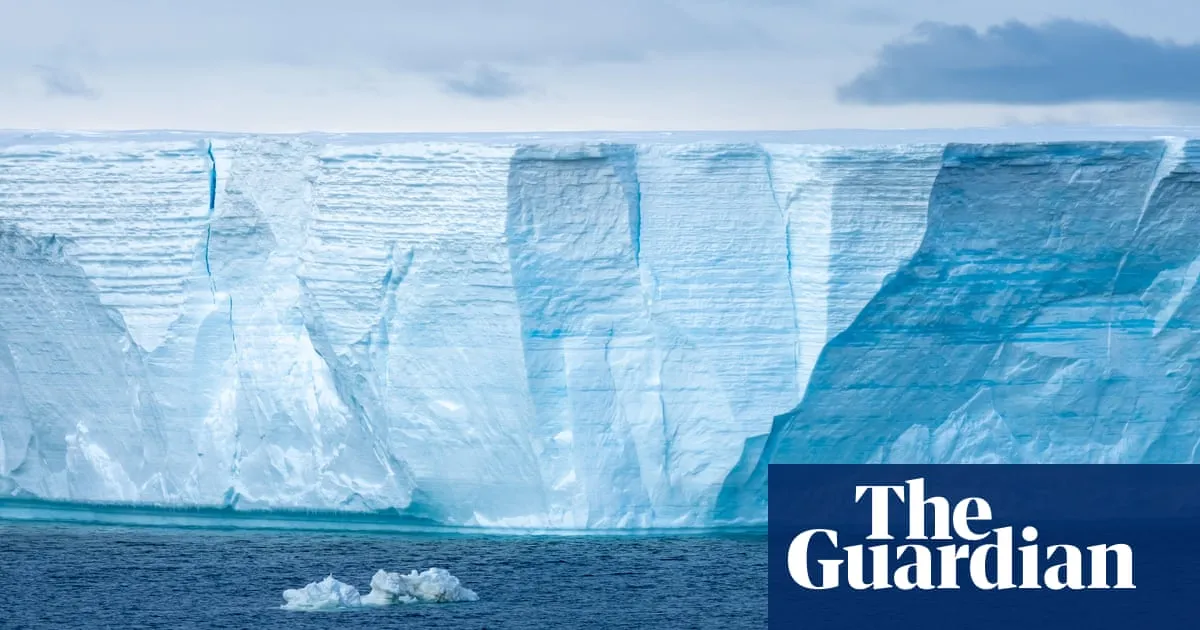
Scientists are deeply concerned about the cascading impacts of record low levels of Antarctic sea ice, especially with the impending loss of critical data from US government satellites. This loss is expected to hinder efforts in tracking the rapid changes occurring at both the Arctic and Antarctic regions. Recently, researchers were informed that the US Department of Defence will cease processing and providing vital satellite data at the end of this month, which has been instrumental in studies concerning the state of sea ice.
Understanding the condition of sea ice is essential for scientists to determine how global heating is influencing our planet. Sea ice serves as a natural barrier that reflects the sun’s energy back into space. However, with long-term losses in sea ice, more of the ocean's surface is exposed to solar energy, resulting in increased heating of our planet. Tracking these changes is crucial for climate science and environmental monitoring.
The National Snow and Ice Data Center (NSIDC), located at the University of Colorado, maintains a Sea Ice Index that is used globally to monitor the extent of sea ice in near real-time. In two recent updates, NSIDC reported that the US Department of Defence would stop “processing and delivering” crucial sea ice data by July 31. This decision raises alarms among climate scientists who have warned that cuts made during the Trump administration have targeted essential climate functions across various government agencies.
The timing of this announcement is particularly troubling. Recent research, which relied on the now-risky data, has revealed that unprecedentedly low levels of sea ice around Antarctica have led to an increase in icebergs calving from the continent's ice shelves. This process, according to scientists, could accelerate global sea level rise beyond current predictions. Dr. Alex Fraser from the Australian Antarctic Program Partnership (AAPP) emphasized the importance of NSIDC’s sea ice data, describing it as “our number one heart rate monitor” for the planet's ice. He warned, “We need this data, and now the scientific community will be forced to compile records from alternative instruments.”
While NSIDC is exploring higher-resolution instruments from different satellites, researchers caution that this new data may not be directly comparable to the existing datasets. Dr. Fraser noted, “We are seeing records now year on year in Antarctica, so from that perspective, this could not have come at a worse time.” The research published in the journal PNAS Nexus established a connection between the increasing number of icebergs calving from ice shelves and the ongoing loss of sea ice.
Although the loss of sea ice does not directly contribute to rising sea levels, it exposes more ice shelves to wave action, leading to quicker disintegration and more frequent iceberg calving. Glaciologist Dr. Sue Cook from AAPP explained that these ice shelves act “like a cork in a bottle,” slowing the flow of land-based ice into the ocean, which is a significant contributor to sea level rise when it breaks off. If the scientific community continues to rely on outdated models while observing extremely low summer sea ice levels, they may significantly underestimate how rapidly Antarctica could impact global sea levels.
The study also highlighted additional consequences resulting from record low sea ice levels in Antarctica, particularly concerning wildlife. If current trends persist, there could be a decline in seal and penguin populations. For instance, as many as 7,000 emperor penguin chicks perished in late 2022 due to the premature breakup of stable ice necessary for their growth and development. This alarming trend underlines the urgent need for continued monitoring and data collection to safeguard these vulnerable species.
As the scientific community grapples with these challenges, Guardian Australia has reached out to both NSIDC and the US Department of Defence for comments regarding this critical issue.